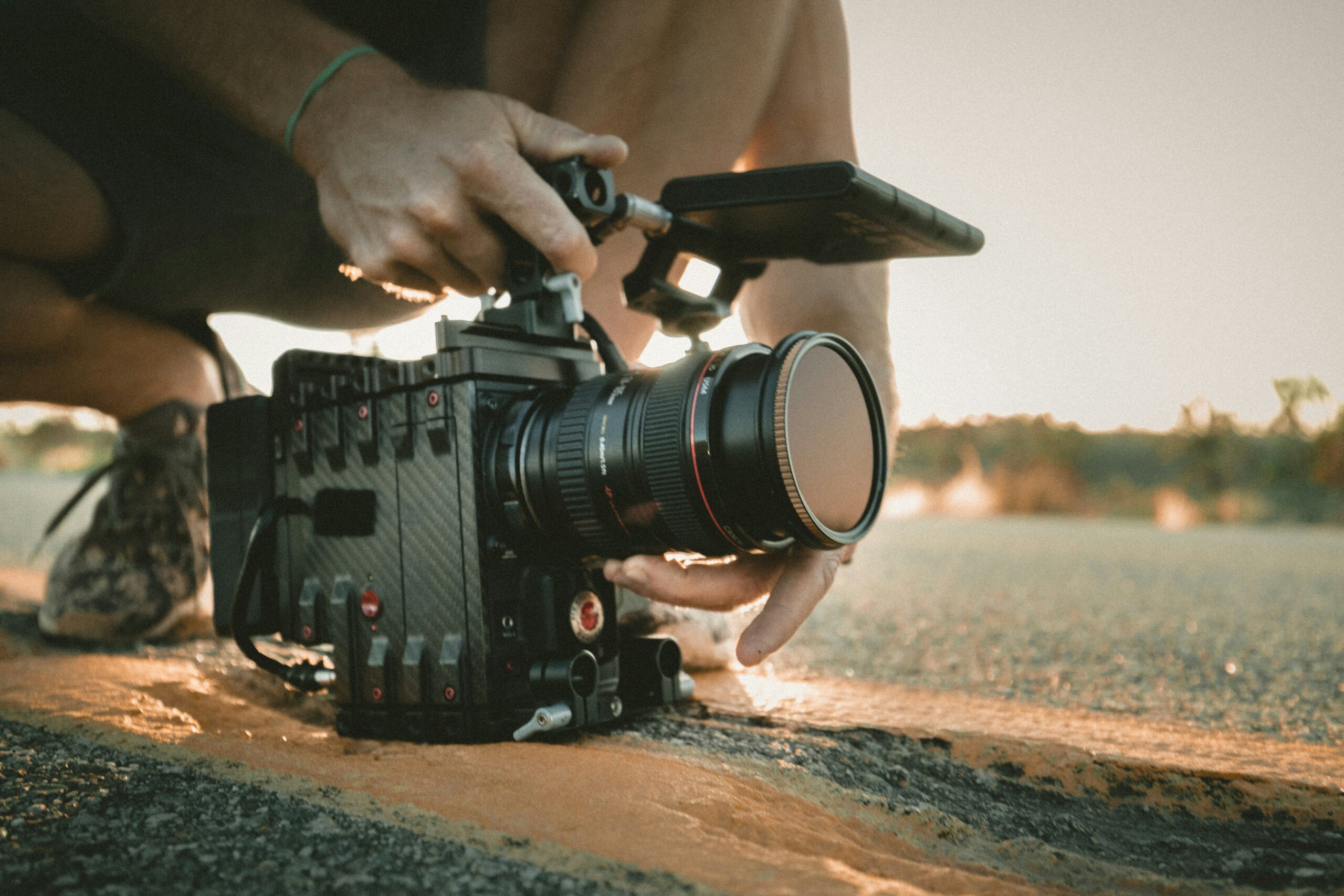Videography
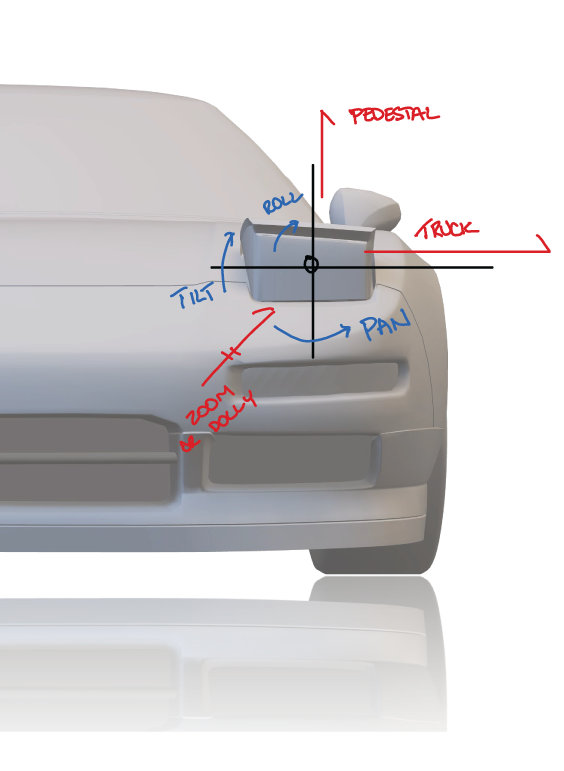

Videographer’s Reference
FRONTAL FULL SHOT

The front of the car is unique, bold and geometric. Slow, linear and dramatic shots are advised here to allow the viewer to absorb the visuals of the car. Rolling the camera should be avoided unless combined and justified with another camera motion (i.e. a dolly shot) for a better organic and professional feel for shooting.
Note that below, for frontal shots that are higher – trucking and pedestalling is not advised but however can be accepted as additional shots. The range of movement is restricted to reduce the redundancy of other types of shots.

ANGLED FULL SHOT

Shots made at an angle deliver a great amount of visual information and context to the viewer. Due to the inherent perspective of the angle; janky and uncontrolled movement can look off-putting as the effective aspect ratio of the car is changing very quickly with respect to any camera movement.
Because the effective aspect ratio is changing when the camera moves, if taking a full shot it is advised that ‘safe’ margins are considered in the video shot itself to avoid cropping the car.
Note that for shots taken near the ground, the neutral axis is most dominant. This neutral plane is ideally stable when filming rollers while the car is moving.

SIDE FULL SHOT
Finding method to differentiate side shots and angled shots are key here as the side of the car offer a unique perspective of the car’s design particularly for its length, body-lines and detailing along the panels.
When shooting these shots, it’s important to ensure smooth and steady movement. Panning and tracking is recommended as the camera matches the car’s motion naturally.
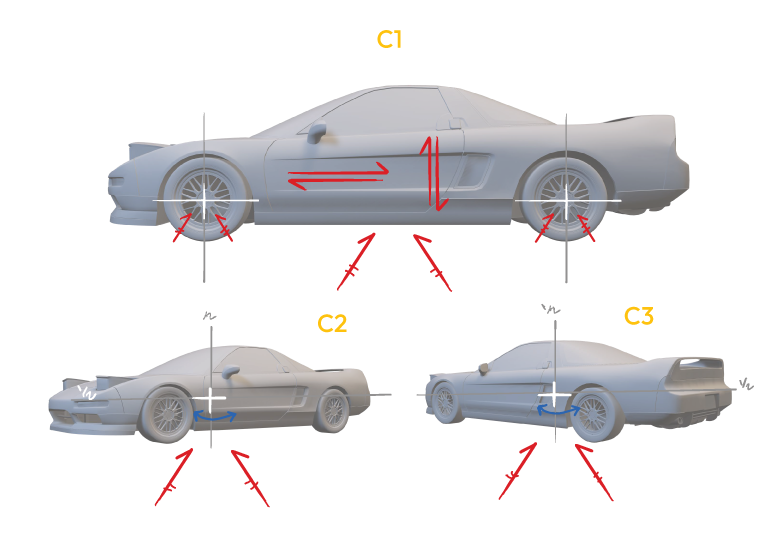
CLOSE SHOT
Close shots are impactful an are essential for emphasising the specific design features of a car. These can include (but not limited to) close-ups of the grille, wheels, badges, tail-lights and many other unique elements. A macro lens could be particularly useful for capturing texture and detail.
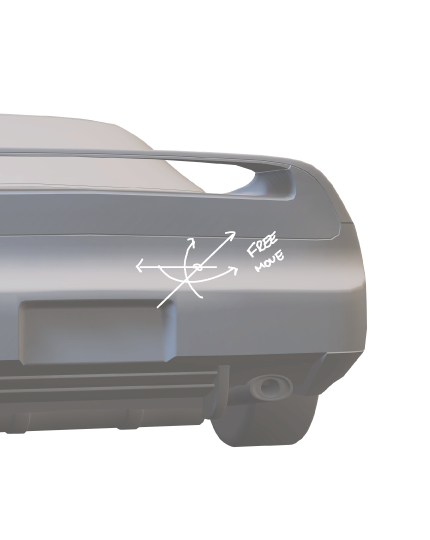
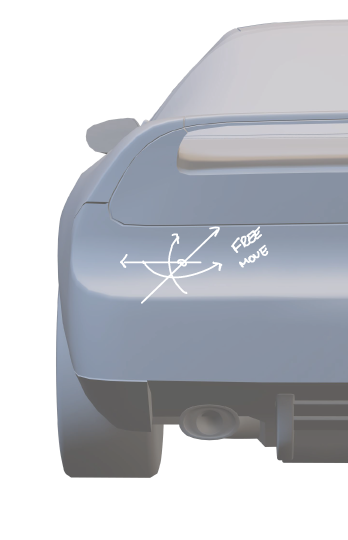
Essentials
- Gimbals or stabilisers to minimise shake. Shake can be post-processed but will look unnatural if heavily applied
- Focus on natural, fluid movements to keep the interaction with the car organic
- Use controlled lighting to enhance reflections without causing glare
- Where possible, speeds between the chase car and the subject car are considered (offset or identical) for smooth footage
- Maintain ‘safe’ margins to prevent cropping
- Use consistent colour/picture profile to minimise post-processing work (colour grading etc.)

